People read your documents until they can stop. Then they do.
But that’s not because we have limited attention spans.
The truth is that we can focus for hours as long as something grabs our attention and doesn’t let go. Just ask anyone who’s ever binge-watched a Netflix box set.
Turn off
Most work documents do neither. But that’s not just because they tend to cover slightly less scintillating subjects than Squid Game or Breaking Bad.
In fact, many manage to turn off their readers even if they are genuinely interested in the content.
They might have eagerly anticipated a proposal for weeks. Yet within seconds of opening it, they’re suddenly remembering all the other things on their to-do list.
‘Don’t tell them what
you’re going to do.
Just do it.’
But the best business writers avoid this fate by borrowing a technique from top screenwriters: they start with the action.
Take notice
‘Action’ in this case means something that will make your target audience sit up and take notice.
What do you know that might surprise them? What are they most interested in? What overarching statement can you make that will really grab them?
Whatever it is, start with that.
So don’t write:
The purpose of this report is …
That just wastes time and space. It sets the reader’s brain down a pathway of ‘nothing new to see here’, because literally any report could start like that.
In fact, never tell people what you’re going to do. Just do it.
Your first sentence is prime real estate, so don’t waste it.
Killer intro
There’s no one-size-fits-all approach to writing a killer intro. But there are tools you can use to help you find the right one.
You could start with a surprising statistic:
Last year, we spent almost two million pounds on recruiting staff to replace those who’d left. Most had been with us for less than five years.
Or maybe draw a contrast:
Ten years ago, most people in this company spent just an hour a day typing on their keyboards. Now that time has tripled.
(We cover these techniques in more detail in our High-impact writing courses.)
Keep it relevant
Whatever you do, start with what’s most relevant to your reader, not to you.
My colleague Gary Woodward says that a failure to stick to what’s relevant is one of the top three complaints by senior managers about the reports they read.
‘It’s like being asked to sit through someone else’s holiday snaps,’ he says. ‘They ask themselves, “Why am I even reading this?” And the more senior they are, the quicker this feeling is likely to hit them.’
It’s a pet hate that comes up again and again.
Of course, this applies not just to introductions but to the rest of the document too. Once you’ve grabbed their attention, you must not let go.
Image credit: Landmark Media / Alamy
Subscribe
Expert advice to your inbox

